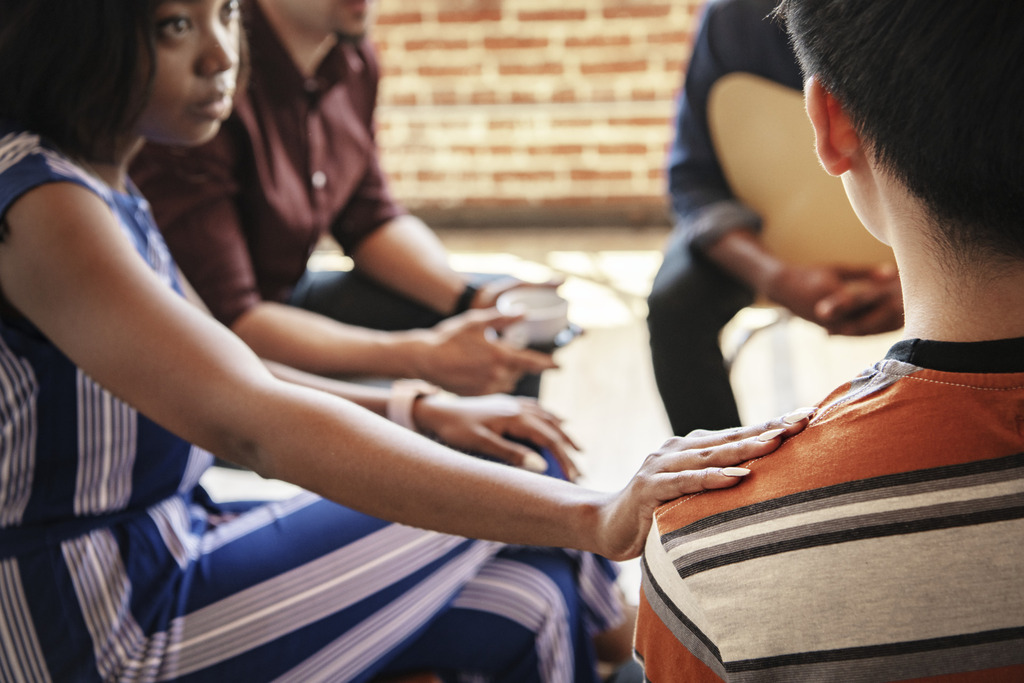It’s easy to miss the rolling tragedy of the modern opioid epidemic in this country (and beyond!). According to the CDC, over 100,000 people died in the United States from drug-related overdoses in 2021. Take a moment to appreciate that number. It’s an antiseptic set of digits on the screen, a handful of keystrokes that make a scattering of pixels. But it stands in for an ocean of misery and families made un-whole forever. Ending the opioid epidemic will take time, public policy, and a landslide of social change. No individual can end it on their own. But even bringing that number down by one will make the world a better place, with a person that wouldn’t otherwise be in it. By learning to spot a drug overdose when you witness it, you’ll be in a better position to intervene and possibly save a life.
Before you read further, there’s one rule that you must internalize. Overdoses aren’t always like what you see in movies and on TV. Sure, if the person in front of you is seizing with a needle jammed into their arm, you won’t need this article to know that you have to intervene. But if you wait for overdose symptoms to get sensational, you’ll be reducing the chances of the overdose victim making a full recovery. Or maybe make any recovery at all. It’s always better to seek help early and be safe rather than sorry.
1) Altered mental state
Even at non-life-threatening dosages, different drugs affect the human body in different ways. This is even more true at life-threatening doses. But at life-threatening doses, these alterations grow even more extreme. For opiates and other depressive drugs (like alcohol), this typically results in a loss of consciousness or inability to remain fully conscious. An inability to remain conscious is very serious, and you should call 911 immediately.
For people who’ve consumed too many stimulants, you may notice something close to the opposite. Instead of falling unconscious, they may be hyperactive, aggressive, oblivious to social cues, or actively seizing/convulsing. Check the person’s heart rate if it’s safe to do so. If their heart rate is fast or irregular, get help immediately. It’s never safe to wait.
In either case, symptoms can be relatively mild, especially early on. An inability to engage fully in social interactions can be an early sign of an overdose. It’s better to act early rather than be sorry later. Be proactive. You could save a life.
2) Vomiting
Vomiting can occur with an overdose of nearly any drug. It’s the body’s way of purging itself of ingested toxins. But as anyone who’s ever had a hangover knows, just because you throw up doesn’t mean that you suddenly feel fine. Vomiting does not purge the system of all, most (or in some cases, any) of the toxins that lead to the overdose. Even if vomiting provides a temporary sense of relief, it’s important to get help anyway. A person suffering from an overdose of drugs will likely be unable to tell how much danger they’re in. Feeling better does not mean being safe. Even if they insist they feel better, seek medical attention on their behalf. You could save a life.
The biggest risk from overdose-related vomiting is that it can occur even after the overdose victim has lost consciousness. Vomiting while unconscious leaves the victim in danger of fatally choking on what’s coming up from their stomach. Overdoses can take up to three hours to reach full effect after the drug in question enters the system; ignoring vomiting early on can leave the victim at risk of vomiting again when incapacitated, making an embarrassing side effect into a terrifyingly life-threatening one.
3) Trouble breathing
Opioid overdoses leave the victim at risk of hypoxia from slowed or discontinued breathing. Check for things like blued lips, fingers, or significantly reduced body temperature. This often presents with accompanying bradycardia or abnormally slow heartbeat. Even if you don’t detect these warning signs, if you suspect that someone around you is suffering from slowed breathing due to a drug overdose, you should still contact emergency services as quickly as possible. Prolonged difficulty breathing can have both short- and long-term effects on health.
Stimulant overdoses often result in hyperventilation (and accompanying tachycardia or abnormally fast heartbeat). Hyperventilation and tachycardia are equally as serious as the hypoxia typically associated with bradycardia. Both can lead to long-term effects on overall health, even without causing a short-term medical emergency.
4) Hot, cold, or clammy
Finally, many victims of overdoses will lose the ability to internally regulate their temperature. They can feel abnormally hot or cold to the touch. Both can be symptoms of overdoses, and both should be taken extremely seriously. Excessive itching or sudden sweating can also be early signs of a substance overdose. Clammy skin that’s sticky to the touch is also a huge red flag. Maybe don’t overreact if they’re sweating in a literal sauna. But if they’re the only ones who look like they just took a shower with their clothes on, it is past time to take action.
One last thing
Hopefully, you’ve learned something about some of the most common signs of drug overdoses and how to spot them. Here’s one last tip to leave you with. The person exhibiting these symptoms may think next to nothing of these issues, or they may be too far gone to put their symptoms into the necessary context. Remember that even if you would not have done what they did, even if you believe that you would not have been as “reckless” or “stupid” as it may seem that those who consumed too much of a given intoxicant, no one deserves to overdose on a substance. It’s your responsibility to do what they cannot do for themselves. Stay safe, and do your best to keep others safe as well. If you are experiencing a behavioral health disorder – or you suspect that someone you care about is struggling – don’t hesitate to seek help. There’s no shame in getting treatment – in fact, it’s a positive first step in your well-deserved journey to recovery. So don’t be afraid to reach out. Together, we can remove the stigma and help make mental health and substance use disorder treatment accessible to all at any time.
Harmony Health Group is committed to providing top-notch care for individuals struggling with substance abuse and mental health issues. With state-of-the-art rehab facilities in Florida, Massachusetts, North Carolina, New Jersey, and Tennessee, we are well-equipped to address a wide range of concerns. Our programs cover not only drug and alcohol dependency but also anxiety, depression, and other mental health conditions. We accept insurance from major providers such as Aetna, Cigna, Blue Cross Blue Shield, and United Healthcare, ensuring that our services are accessible to many. For those without insurance, we offer flexible private pay options, so you can discuss the cost of different treatments with us directly.
Our dedicated team of professionals is passionate about helping you achieve lasting recovery through personalized and evidence-based methods. At Harmony Health Group, we believe everyone deserves a chance at a healthier, more fulfilling life. We invite you to reach out and learn more about our diverse treatment options. Taking that first step towards wellness is crucial, and we are here to support you every step of the way. Contact us today to start your journey to recovery and discover how our expert care can make a difference in your life.

